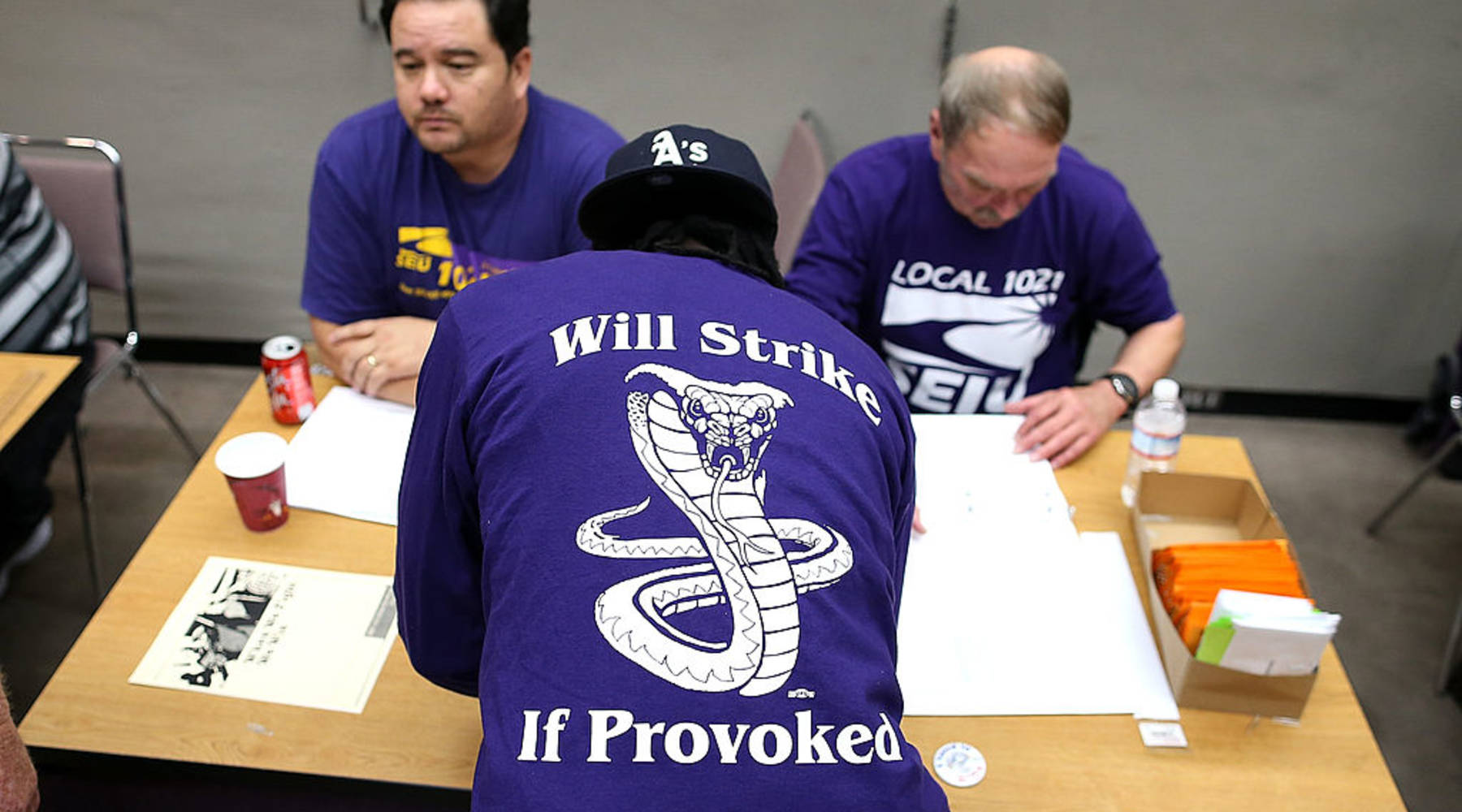Jeremy Hobson: Now to another Washington deadline, this one involving the Securities and Exchange Commission. The regulator is supposed to finalize a new rule that would force companies to disclose how much more the boss gets paid than the average Joe.
Marketplace’s David Brancaccio is looking into how the new economy can better serve more people for his Economy 4.0 series and he joins us now to discuss. Hi David.
David Brancaccio: Hello Jeremy.
Hobson: So David, tell us exactly what this new rule requires.
Brancaccio: Think of it as a rough index of income inequality but within individual companies. It requires companies to disclose the ratio of the bosses — the CEO’s total compensation along with bonus, stock options, and so forth — compared to what a typical worker makes. It was a part of the big Dodd-Frank financial reform law last summer 2010.
Hobson: Last summer? So this is taking them quite a while to implement this thing.
Brancaccio: Yeah, a summer ago. In fact, you could say the same for a lot of the Dodd-Frank law. As of this month, regulators had blown through more than 150 Dodd-Frank deadlines. We asked about this one — about compensation. The SEC is a bit tight-lipped, but they pointed to the website, which says it’s supposed to be done by December 2011. That’s like…
Hobson: Right now!
Brancaccio: Yeah. They could still deadline. Companies around the country have been fighting this tooth and nail. They think it’s “useless information.”
Hobson: Well, why would they fight this, David, because don’t they already have to disclose CEO pay?
Brancaccio: Yeah, you can look it up. But this ratio is ammunition custom made for an argument against income inequality. In fact, President Obama used it just this way in a big speech in Kansas last week.
Barack Obama: The typical CEO who used to earn about 30 times more than his or her worker, now earns 110 times more.
Brancaccio: And that might even be low ball, Jeremy. Some think tanks put the ratio as high as 325 to 1.
Hobson: 325 to 1?!
Brancaccio: Varies, of course, by company. I mean Wal-Mart — lots of low-wage workers — and their ratio has been estimated to be higher than 700 to 1. But the fancy grocery store Whole Foods, they cap executive compensation ratio at 19 to 1. There’s the legendary management guru Peter Drucker. He wrote about this years ago. And his thinking is that a company where the ratio is above 25 to 1 would hurt their esprit de corps.
Hobson: Marketplace Economy 4.0 correspondent David Brancaccio. David thanks so much.
Brancaccio: You bet.
There’s a lot happening in the world. Through it all, Marketplace is here for you.
You rely on Marketplace to break down the world’s events and tell you how it affects you in a fact-based, approachable way. We rely on your financial support to keep making that possible.
Your donation today powers the independent journalism that you rely on. For just $5/month, you can help sustain Marketplace so we can keep reporting on the things that matter to you.


















